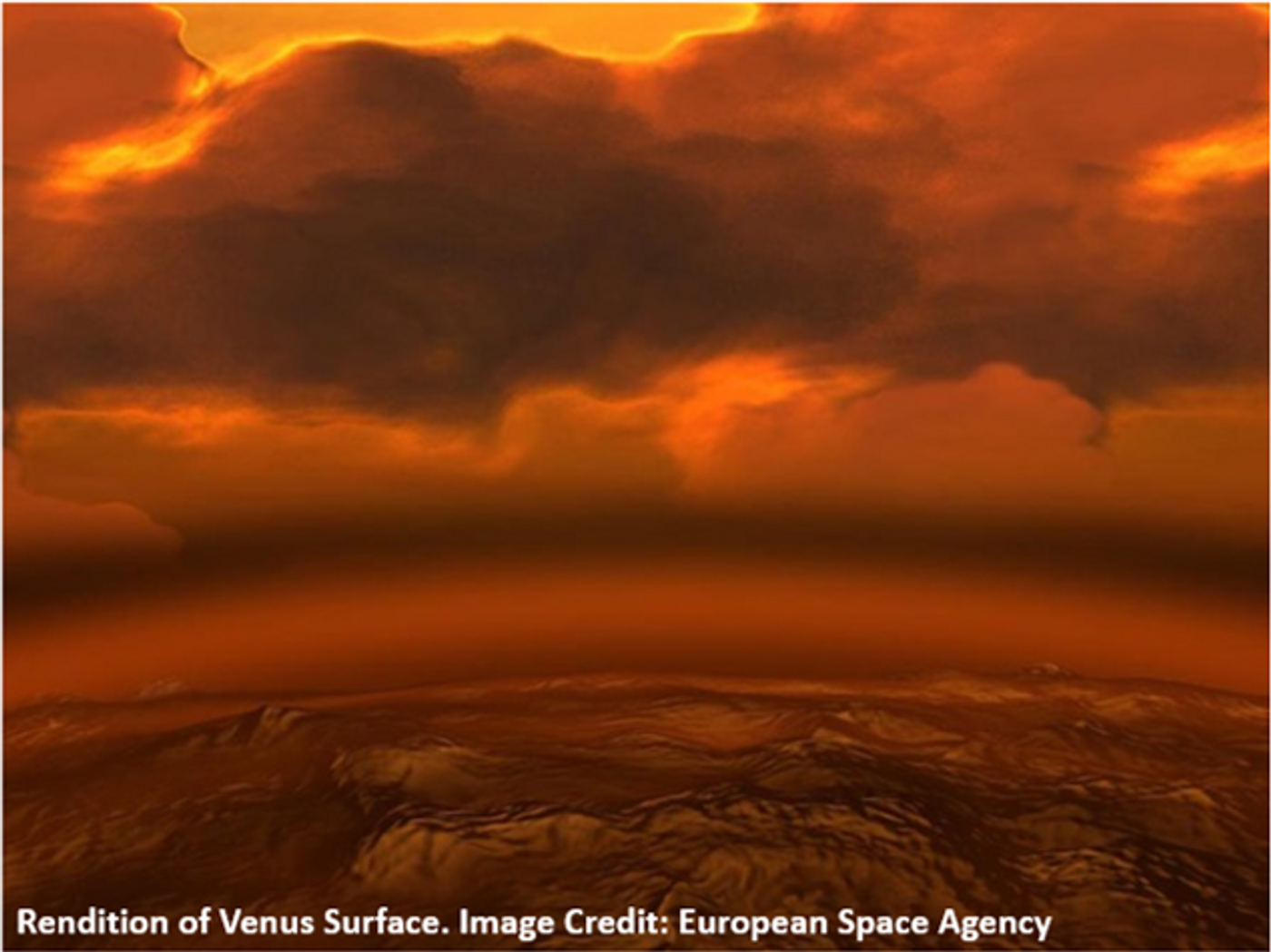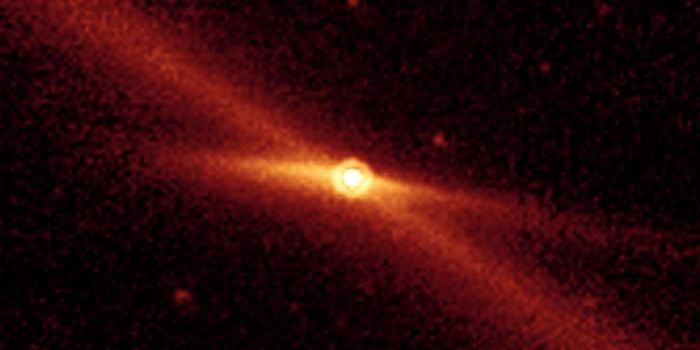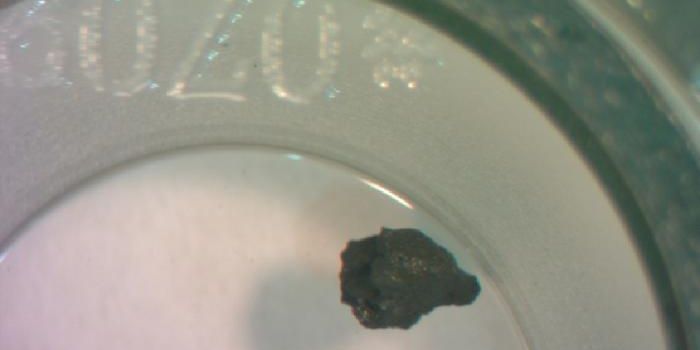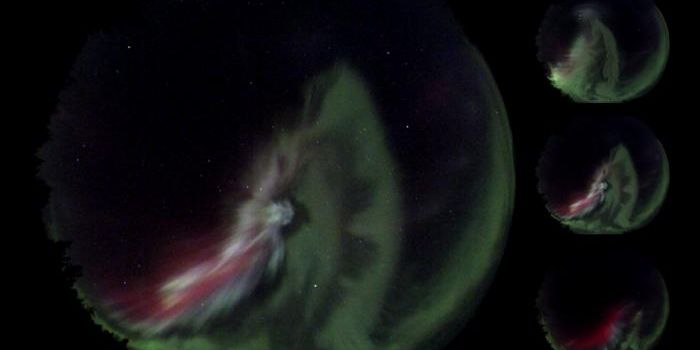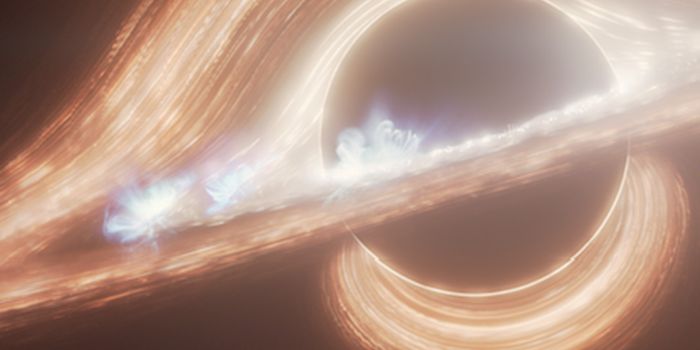Could Life Exist in Venus Clouds?
The planet Venus is a hellish and inhospitable world. It has an average surface temperature of 737 K (464 ˚C, 867 ˚F) and pressures that are approximately 92 times the sea level pressure of Earth, roughly the equivalent of 900 m (3000 ft) underwater on our beautiful blue planet. Venus’ thick clouds of sulfuric acid prevent examination of the surface using light and can only be seen with radar. While Venus may have had oceans in the past, these present conditions are far too extreme for life as we know it to exist.
Venus Clouds
Despite this extraordinarily harsh environment, a recent study published in the Proceedings of the National Academy of Sciences suggests life could exist in pockets within Venus’ atmosphere. The model used in this study predicts the clouds are not entirely made of sulfuric acid, but are in fact composed of ammonium salt slurries, which may be the result of biological production of ammonia in the cloud droplets. This means the Venusian clouds exhibit characteristics similar to extreme environments on Earth that harbor life.
"No life that we know of could survive in the Venus droplets," says study co-author Sara Seager, the Class of 1941 Professor of Planetary Sciences in MIT's Department of Earth, Atmospheric and Planetary Sciences (EAPS). "But the point is, maybe some life is there, and is modifying its environment so that it is livable."
The study found the ammonia presence in the clouds would dissolve in droplets of sulfuric acid, essentially neutralizing the acid to make the droplets more habitable. The associated chemical reactions would also naturally produce oxygen, turning the formerly round, liquid shape of the sulfuric acid droplets into more of a nonspherical, salt-like slurry. The team noted lifeforms on Earth—specifically inside our own stomachs!—capable of producing ammonia and making an otherwise highly acidic environment livable.
Future Missions
In June 2021, NASA announced the selection of two future missions to the second planet from our Sun. These missions are DAVINCI+ (Deep Atmosphere Venus Investigation of Noble gases, Chemistry, and Imaging) and VERITAS (Venus Emissivity, Radio Science, InSAR, Topography, and Spectroscopy), both of which will study Venus in different ways. DAVINCI+ will measure Venus’ atmospheric composition to better understand its formation and evolution, along with determining whether Venus once had an ocean, as well. VERITAS will map Venus’ surface to better understand its geologic history and why it developed so much differently than Earth.
Sources: Journal of Geophysical Research, Proceedings of the National Academy of Sciences, NASA
